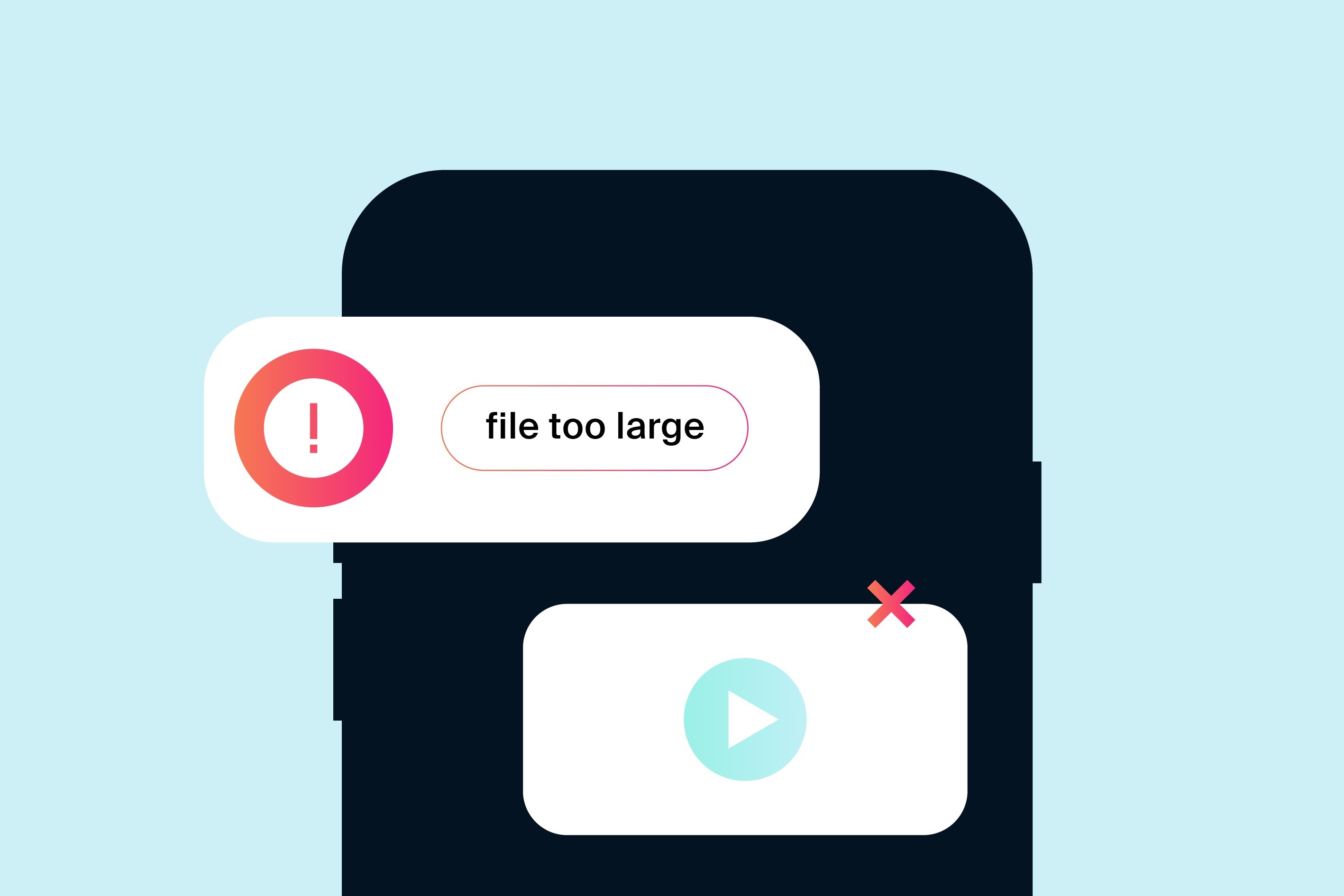
Understanding the Basics
Before diving into the detailed steps, it's important to understand the fundamental requirements for sending long videos:
iPhone Requirements
- iOS Version: Your iPhone should run iOS 13 or later. Older versions might lack necessary features or have limitations that could affect video quality.
- Storage: Ensure sufficient free space on your iPhone to handle large video files. If storage is full, consider transferring some data to a computer or an external storage device.
- Internet Connection: A stable Wi-Fi or cellular data connection is necessary for sending large files.
Android Requirements
- Android Version: The receiving Android device should be on Android 5.0 (Lollipop) or later. This ensures the device can handle large files and supports various file formats.
- Storage: Make sure the receiving device has enough free space to receive the large video file.
- Internet Connection: A reliable Wi-Fi or mobile data connection is required for receiving the file.
Preparing Your Videos
Before sending long videos, it's crucial to prepare them properly to ensure they are in a compatible format and optimized for transfer:
Video Compression Techniques
When sending long videos, compression can help reduce file size without losing much quality. Here are some techniques and tools you can use:
Using Compression Apps
Several apps can compress videos by adjusting the resolution, bitrate, and format. Some popular choices include:
- HandBrake: A free, open-source video transcoder that supports various formats and can significantly reduce file size.
- Video Compressor: An easy-to-use app that allows quick and efficient video compression.
- VidCompact: Another user-friendly app designed specifically for compressing videos without losing quality.
These apps are available on both the App Store and Google Play Store, making them accessible across different platforms.
Manual Compression Settings
For more control over the compression process, manually adjusting video settings can be effective:
- Lowering Resolution: Reducing the resolution from 4K to 1080p or 720p can drastically reduce file size.
- Adjusting Bitrate: Lowering the bitrate will also reduce file size but may affect video quality.
- Frame Rate: Adjusting the frame rate can also help in reducing file size without compromising too much on quality.
Most video editing apps, such as iMovie or Adobe Premiere Rush, offer these settings. By tweaking these options, you can find a balance between quality and file size.
Methods for Sending Long Videos
Now that your videos are prepared, let's explore various methods for sending them from an iPhone to an Android device:
Advanced Messaging (RCS)
If both devices support RCS (Rich Communication Services) and are connected to Wi-Fi, you can use the default messaging app on your iPhone:
- Open Messaging App: Launch the default messaging app on your iPhone.
- Attach Video: Attach the long video file to the message.
- Send Message: Send the message to the recipient's Android device.
- Receive Video: The Android device will receive the video in high quality.
RCS is a more advanced messaging service that supports features like end-to-end encryption and high-quality video sharing, making it an ideal choice for sending large files.
Email with Cloud Links
Another method involves using cloud services like Google Drive, iCloud, or Dropbox:
- Upload Video: Upload the long video to a cloud service.
- Copy Shareable Link: Copy the shareable link provided by the cloud service.
- Compose Email: Open your email app and compose a new email.
- Paste Link: Paste the link into the email body.
- Send Email: Send the email to the recipient's email address.
This method ensures that large files are not attached directly to the email, which can help avoid file size limits imposed by email services like Gmail or Outlook.
Switch to Android App
Google’s Switch to Android app simplifies transferring high-quality videos from an iPhone to an Android device seamlessly:
- Install App: Install the Switch to Android app on both devices.
- Follow Prompts: Follow the prompts provided by the app to transfer data, including videos.
- Maintain Quality: The app ensures that videos retain their original quality during transfer.
This app is designed specifically for transferring data between different platforms, making it an efficient tool for maintaining video quality.
MobileTrans
MobileTrans is another great tool for maintaining video quality when transferring between different platforms:
- Install Software: Install MobileTrans on your computer.
- Connect Devices: Connect both devices to your computer using USB cables or Wi-Fi.
- Select Videos: Select the videos you want to transfer from your iPhone.
- Transfer Videos: The software handles the rest, ensuring your videos arrive in perfect condition.
MobileTrans supports transferring videos between different platforms, making it a versatile tool for maintaining high-quality video transfers.
Ensuring Video Quality and Compatibility
To ensure smooth video transfers between iPhone and Android devices, consider compatibility details:
File Formats
Ensure that your videos are in a compatible format like MP4, MOV, or AVI. Most messaging apps and cloud services support these formats, but it's always good to check compatibility before sending.
App Compatibility
Both devices should use the same app for seamless transfer. For instance, if using Google Drive, both devices need the app installed. Similarly, if sending via email, use services that support large attachments like Gmail or Outlook.
Troubleshooting Tips
Sending long videos from an iPhone to an Android device can be tricky. Here are some common issues and their solutions:
File Size Limits
One common issue is file size limits on messaging apps. If you encounter this problem, consider using cloud services or compressing your videos before sending them.
Connection Issues
Ensure both devices have a stable internet connection. If you're using Wi-Fi, make sure it's strong enough to handle large file transfers. If using cellular data, check your data plan limits and ensure you have sufficient data available.
Compatibility Issues
Sometimes compatibility issues can arise due to different operating systems or app versions. Always check compatibility details before sending large files.
